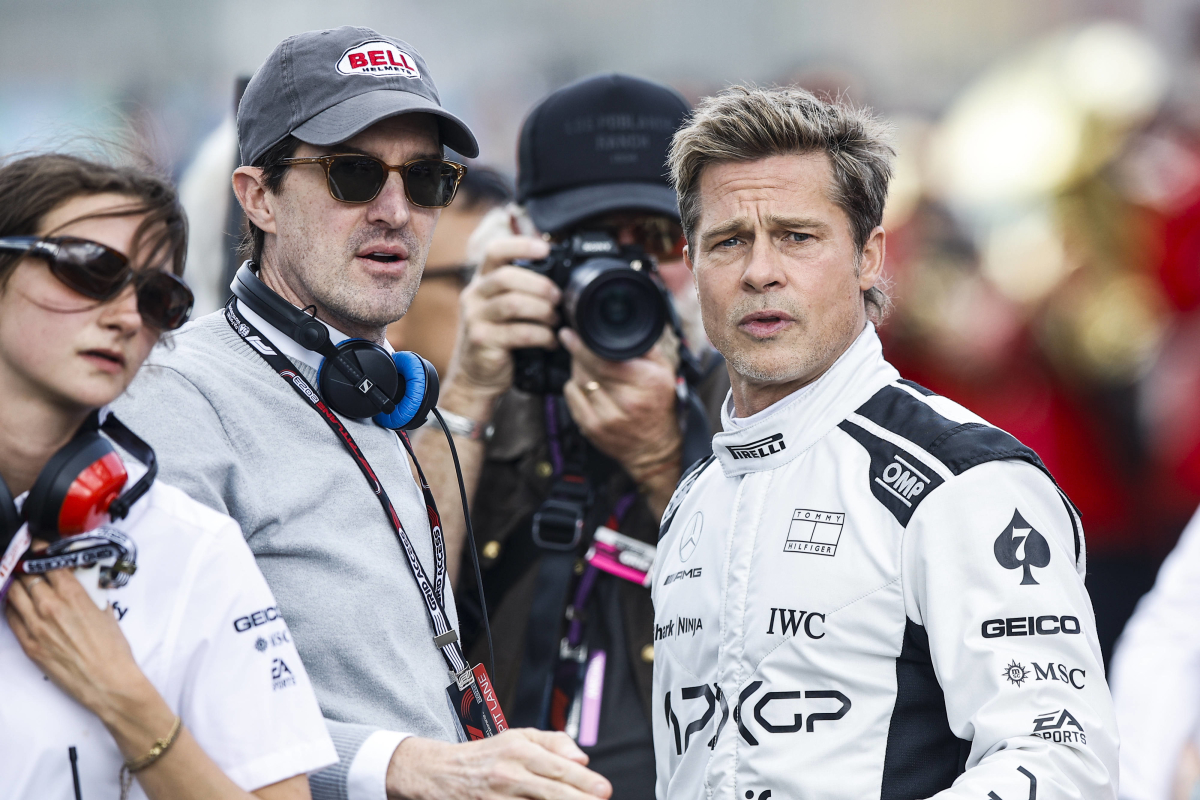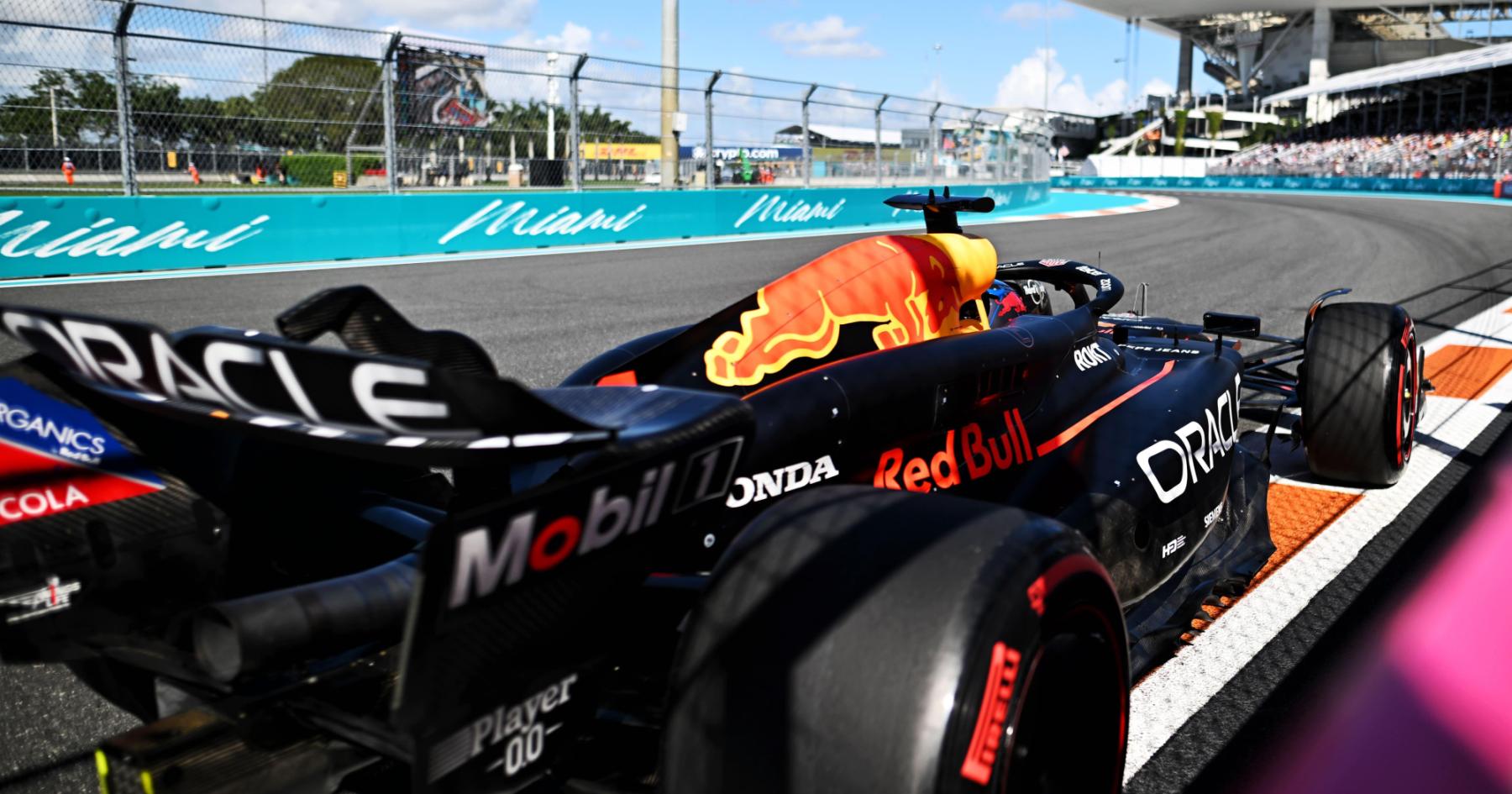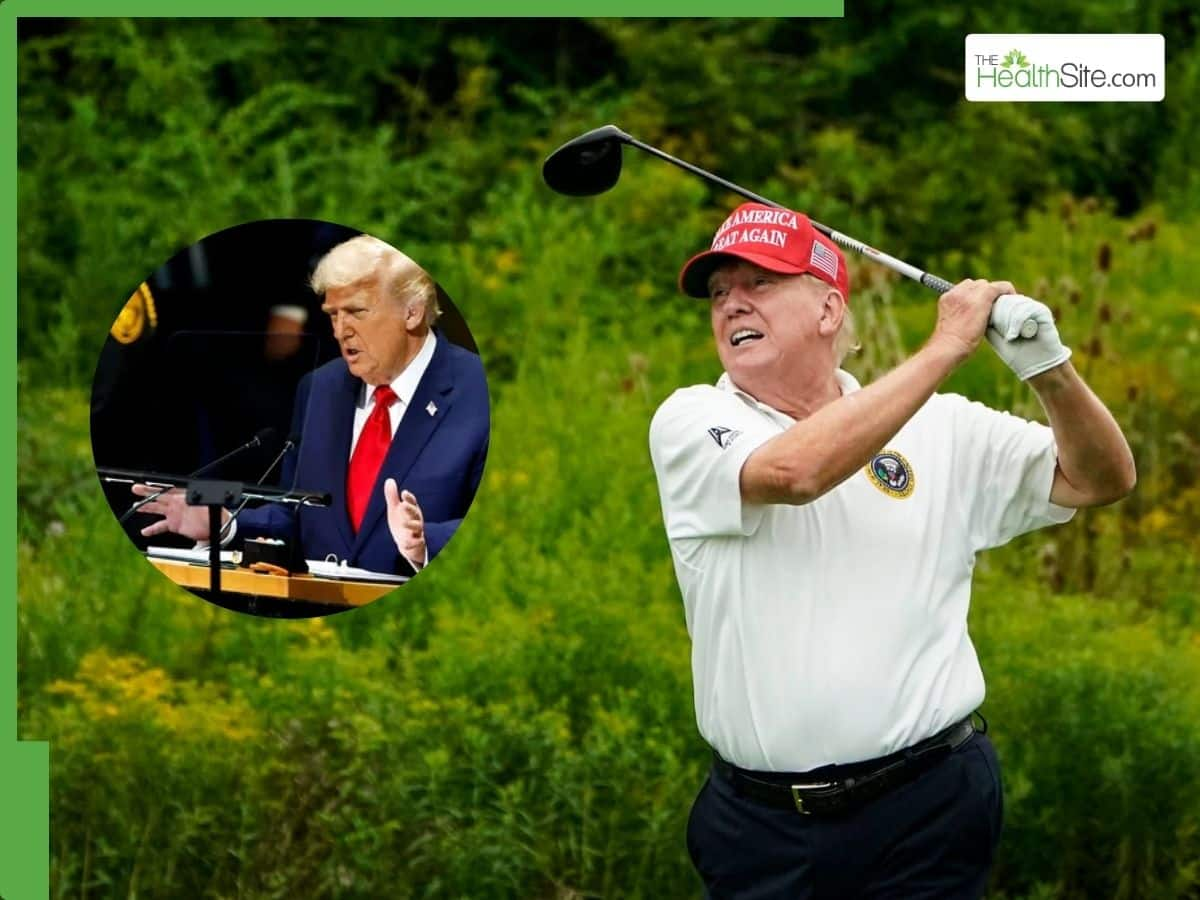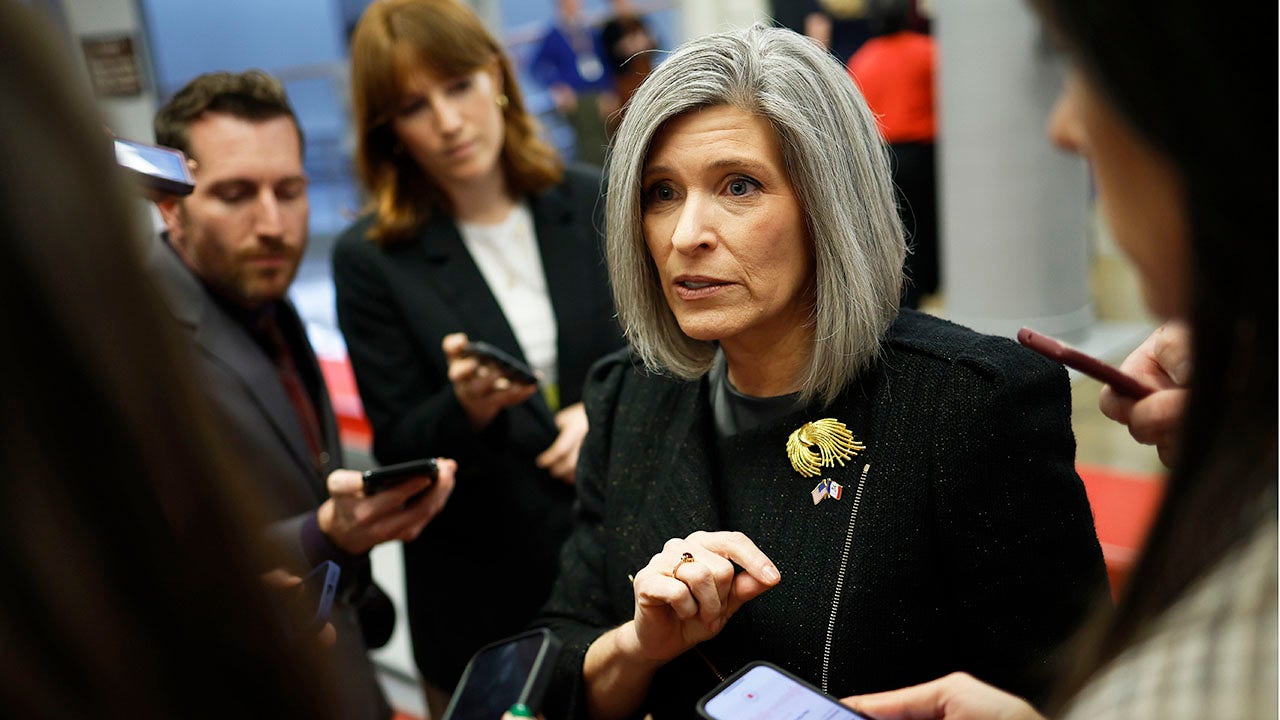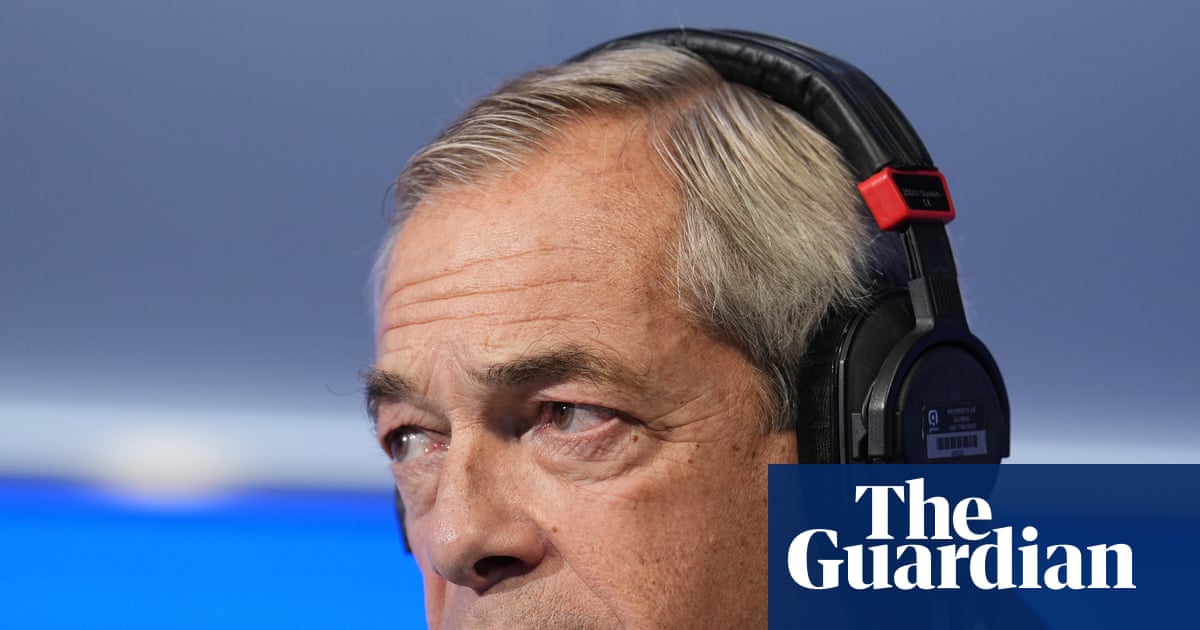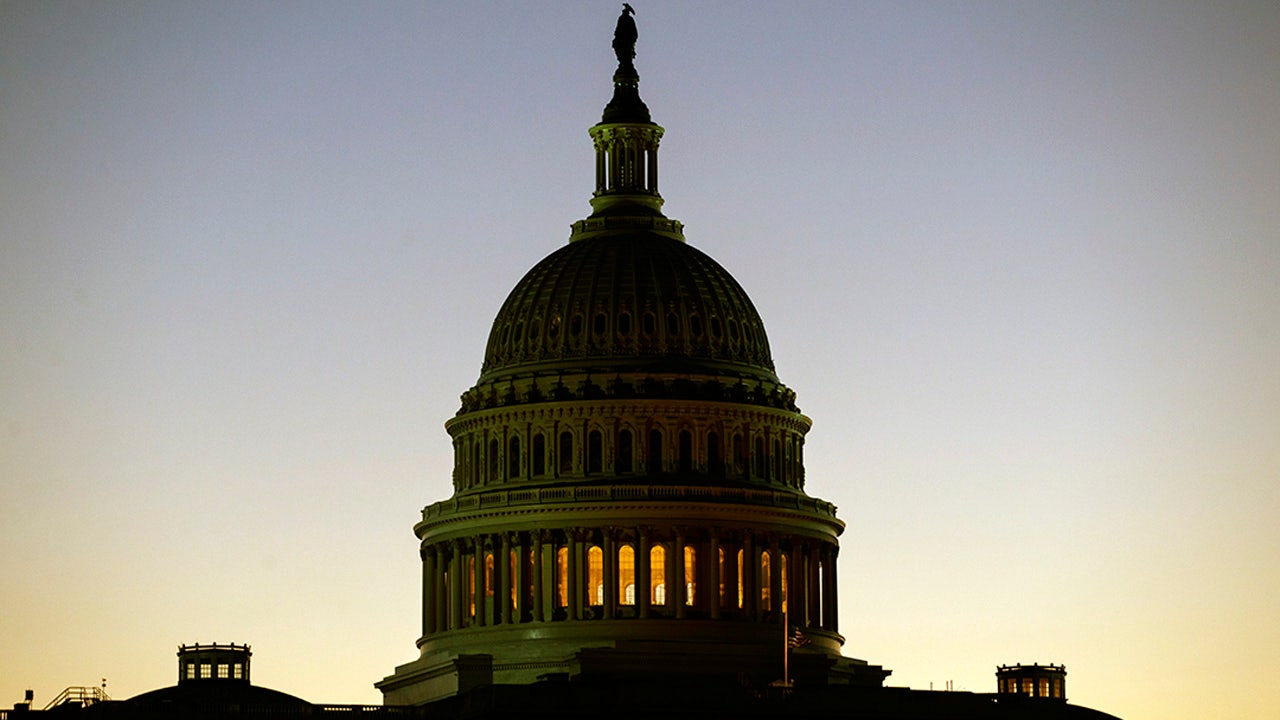Culture
‘Scaremongering’ or a cause for concern? Why the F1 engine debate is intensifying ahead of 2026

There has been growing excitement within Formula One over the potential return of the V10 engines. That roaring sound is part of the sport’s history and identity.
But the calls from senior figures in the F1 paddock, including the FIA president, Mohammed Ben Sulayem, to consider returning the loud engines used most recently 20 years ago, has also raised questions.
If simpler, louder and cheaper V10 engines, running on fully sustainable fuels and resulting in smaller and lighter car designs, are introduced in the coming years, what happens in the interim? And how would that impact the imminent power unit change scheduled for 2026?
F1’s stakeholders have been working on the 2026 engine rules, maintaining the V6 hybrid basis for the power units, for years. Since their approval in the summer of 2022, the ruleset has encouraged Audi, Ford (via Red Bull), and General Motors to join the grid, as well as reversing Honda’s decision to quit, all thanks to the sport’s commitment to fully sustainable fuels and greater electrification. In the case of Audi and Red Bull, the development of their new engine programs has required significant investment and recruitment, running into the hundreds of millions of dollars.
These rules were meant to cover a five-year cycle from 2026 through to the end of 2030. But will they even happen at all?
In a select media roundtable, including The Athletic, on Sunday in Shanghai, Nikolas Tombazis, the FIA’s single-seater director who helps shape F1’s future rules, framed the discussion over the future engine regulations as hinging on two questions.
The first relates to the long-term direction of the sport and whether, in the next three or four years, F1 wants a different type of power unit. “If the answer to that is yes, (that) we want to change something, then question number two is, ‘What we do in the intervening period?’” Tombazis said. That period begins next year.
“What I want to say at the start about 2026 is that, either way, whether we stay with the current regulations or whether we do the already approved new regulations, I think Formula One would be in a good place,” Tombazis said. “I don’t want it to be seen as sort of, ‘OK, we are panicking about 2026,’ because that is far from reality.”
On Friday in China, Red Bull team principal Christian Horner claimed there were “limitations” with next year’s rules that could impact the sport’s on-track spectacle due to the “shortcomings of the split in electrification and combustion” sources with the new power unit, which leans more on the electric power in the power unit. Those “limitations” would relate to consistent performance issues across the grid, which could affect the quality of competition and racing.
But Tombazis said he and the wider FIA did not share what he called a “scaremongering” view raised about the 2026 regulations’ potential impact on racing.
“I think there will be cars racing closely with each other, able to fight each other, and using driver skill, etc,” Tombazis said. “So fundamentally, I think I don’t share the panic stories. I remind people that there were panic stories for the ’22 regulations about how the cars would be massively slow.” This was when F1 last made a major overhaul to the aerodynamic regulations, which was not on the scale of 2026 when both the car designs and power units will change.
“I’m not saying everything was perfect,” Tombazis said of the 2022 change. “There are things with the benefit of hindsight we would have done differently. But I don’t think it was that disaster.”
Any change to the plans for next year would depend on the position of all the engine manufacturers. The investment and effort already put in has led the sport to a point where it’s “10 past midnight, and Cinderella has left the building,” to quote Horner.
Although Tombazis agreed that “the train has left the station to a large extent” for 2026, he noted that talk about the ‘interim’ period was fueled by chatter in the wake of Ben Sulayem, the FIA president, calling for an evaluation of a future switch to V10s.
Tombazis added that the FIA did not wish to impose any changes that would make it impossible for a team to compete. “We won’t just go on majorities,” he said. “We are trying to build a consensus here, and if that fails, then we will stay where we are (with the existing 2026 plan).”
If F1 power unit manufacturers were to feel it’s better to shelve the ’26 engines due to potential negative impacts on the sport — if the “scaremongering” were serious and concerns were widely shared — then mechanisms do exist that could lead to the status quo with the current specification of power units being the interim solution until a possible return to V10s.
But that would lead to other major knock-on effects and issues, given that Audi and Red Bull Powertrains/Ford haven’t produced a V6 hybrid engine for the current regulations. Other existing manufacturers have shifted all development to future engines. This, again, makes the idea of changing next year’s engine plans seem unthinkable.
Horner told reporters on Sunday in China he would be “very surprised” if the existing rules continued next year. “I think all teams are all in at the moment on ’26,” Horner said. “So we’d have to understand what it was all about.” He also denied Red Bull was pushing for a delay of the new rules, saying it was “geared up and ready for ’26.”
Toto Wolff, the Mercedes team principal, didn’t give much thought to the possibility of the 2026 changes not going ahead.
“It’s all going to be good,” he told reporters, calling the change an “exciting adventure” for the F1 grid that meant it should be celebrated, not derided by already looking at what follows the upcoming change.
Mercedes team principal Toto Wolff (Fadel Senna/AFP via Getty Images)
“This is where we should put our emphasis,” Wolff said. “This is what we should cheer for, and speak about, all the goodness that is going to bring rather than looking too far forward.”
A spokesperson for Audi issued a statement noting that the upcoming rule change and power unit design was “a key factor in Audi’s decision to enter Formula One. These power unit regulations reflect the same technological advancements that drive innovation in Audi’s road cars.” The German manufacturer has established its own F1 engine program and bought the Sauber team all on the basis of these rules — which now could only last a few years.
Assuming things go ahead as planned for 2026, as most still anticipate, the winds are currently blowing toward a shorter cycle from the original five years to change the power unit formula.
The desire for a long-term game plan is shared by senior figures throughout the paddock, meaning it’ll be a talking point in the coming months. The positions of the various power unit manufacturers could be influenced by their relative competitive standings in the political battles next year. If one team has produced the best power unit and has an advantage that would be hard to overcome, it’s only natural it might seek to protect that and kick any shift in regulations as far down the road as possible — and that its rivals would try to fight back.
Given how celebrated the 2026 engine rules were when they were announced in 2022 and the credit given to them when each new major manufacturer joined the grid, ditching them early would be strange. But Tombazis felt two primary factors had caused the change in stance. First, he cited the perception from manufacturers about electrification uptake across the automotive industry given a slow down in consumer interest.
“Back in 2020, 2021, when these discussions were had, the trend was pretty decisively in the direction of electrification,” he said. “I’m not saying that’s not happening, but certainly the views of the participants have changed since then.”
He also highlighted the costs of making the power units, admitting the current designs are “way too expensive.” When the 2026 rules were announced, improved cost control was heralded as one of their benefits, but Tombazis said their expense was a consideration.
“Even if Formula One is in very good health financially, it has become important also to protect it against world economy fluctuations, and I think we need to take these protective measures while the sun is shining and not when it starts raining, ideally,” he said. “The drive to cut costs is important to consider.
“All of these things are not things we would dream of doing without trying to respect all of the participants properly.”
Wolff said Mercedes was “always open” to different engine solutions, but that F1 had to consider what fans wanted too, and whether their views might have changed amid the shift toward a younger and more diverse fanbase than in the past. For those who came to the sport through “Drive to Survive,” the sound of V6 hybrids is all they will have known.
“All of this needs to be set as questions,” Wolff said. “What are the objectives for a future regulation change in a few years? Let’s analyze that based on data and come to a conclusion that is for the best of our sport.
“Because this is the single most important denominator between the FIA, Formula One, the teams, that we want to have the greatest product for our fans.”
(Top photo: Peter Parks/AFP via Getty Images)

Culture
Test Your Memory of These Classic Books for Young Readers

Welcome to Lit Trivia, the Book Review’s regular quiz about books, authors and literary culture. This week’s tests your memory of books you may have read during your school days — specifically, the plots of much-loved novels for young readers. In the five multiple-choice questions below, tap or click on the answer you think is correct. After the last question, you’ll find links to the books.
Culture
Test Yourself on These Cartoons and Comics Adapted for the Screen

Welcome to Great Adaptations, the Book Review’s regular multiple-choice quiz about printed works that have gone on to find new life as movies, television shows, theatrical productions and more. This week’s challenge highlights cartoons and comic strips that were later adapted for the screen. Just tap or click your answers to the five questions below. And scroll down after you finish the last question for links to the books and some of their filmed versions.
Culture
I Want This Jane Kenyon Poem Read Aloud at My Funeral

You can hear a reading of this poem at the bottom of the page.
“The Pond at Dusk”: It’s a title that presents an image of calm, touched with the faintest shimmer of dread. You might picture a peaceful summer evening in the countryside somewhere, but you might also feel the tug of a somber metaphor in the word “dusk.” Night is falling, and this poem proceeds, nimbly and observantly, toward an unsentimental confrontation with death.
In one called “Twilight: After Haying” — there’s that dusk again — she writes that “the soul / must part from the body: / what else could it do?” What else indeed. This fatalism provides its own kind of solace. “The day comes at last.” The end is inevitable, inarguable, and there may be a balm in acknowledging that fact.
Not that “The Pond at Dusk” quite dispenses such consolation. It isn’t Kenyon’s style to offer homilies or lessons. Instead, she watches, with sympathetic detachment, standing back from the implications of her words and letting them ripple outward, toward the reader.
This is not the kind of nature poetry that gazes in wonder at the glories of creation, taking the world as a mirror of the poet’s ego. Kenyon parcels out her attention carefully, removing herself from the picture as rigorously as a landscape painter at her easel.
The Pond at Dusk
A fly wounds the water but the wound
soon heals. Swallows tilt and twitter overhead, dropping now and then toward
the outward–radiating evidence of food.
The green haze on the trees changes
into leaves, and what looks like smoke floating over the neighbor’s barn
is only apple blossoms.
But sometimes what looks like disaster
is disaster: the day comes at last, and the men struggle with the casket
just clearing the pews.
Listen to A.O. Scott read the poem.
THE POND AT DUSK by Jane Kenyon
-

 Finance6 days ago
Finance6 days agoReimagining Finance: Derek Kudsee on Coda’s AI-Powered Future
-
World1 week ago
Russian jets enter Estonia's airspace in latest test for NATO
-
North Dakota6 days ago
Board approves Brent Sanford as new ‘commissioner’ of North Dakota University System
-

 World5 days ago
World5 days agoSyria’s new president takes center stage at UNGA as concerns linger over terrorist past
-

 Technology5 days ago
Technology5 days agoThese earbuds include a tiny wired microphone you can hold
-

 Culture5 days ago
Culture5 days agoTest Your Memory of These Classic Books for Young Readers
-

 Crypto5 days ago
Crypto5 days agoTexas brothers charged in cryptocurrency kidnapping, robbery in MN
-

 Crypto6 days ago
Crypto6 days agoEU Enforcers Arrest 5 Over €100M Cryptocurrency Scam – Law360
